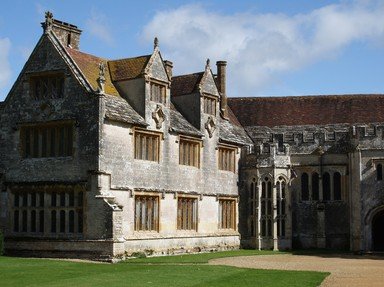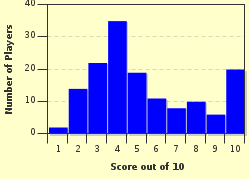Quiz Answer Key and Fun Facts
1. In 1485, everything was ready for the great revolt against Richard III. Henry Tudor disembarked with his army in Wales. Interestingly, only 300 of Henry's 5,000 men were English. What nationality were the others?
2. Richard III was the last English king to die in battle.
3. While in France, Henry Tudor had a chance to see emerging absolutism and probably got the hold of the tract "The Difference between an Absolute and a Limited Monarchy" written by ______________
4. Henry VII's accession marked the end of the bloody civil war between the Houses of Lancaster and York were united. To seal this union Henry married the daughter of Elizabeth Woodville and Edward IV. What was her name?
5. Henry VII was a fiscally prudent monarch who restored the fortunes of the bankrupt Edward IV by introducing new mechanisms of taxation. In this he was helped by his trusted chancellor, Archbishop ________________ .
6. Which document helped to remove taxation for English merchants in Netherlands and significantly increased the prosperity of England?
7. Henry VII was one of the first European monarchs to recognize the importance of the newly united Spanish kingdom and thus concluded the Treaty of Medina Del Campo in 1489, by which his son, Henry Tudor, was married to Catherine of Aragon.
8. Henry VII forbade noblemen to maintain private armies. What is this act or statute that prohibited this generally called?
9. Henry VII established a new institution to curb the power of the the nobles. What was it called?
10. Henry VII died in 1509 leaving his son Henry VIII to rule for 38 years.
Source: Author
Kserkso
This quiz was reviewed by FunTrivia editor
bloomsby before going online.
Any errors found in FunTrivia content are routinely corrected through our feedback system.

